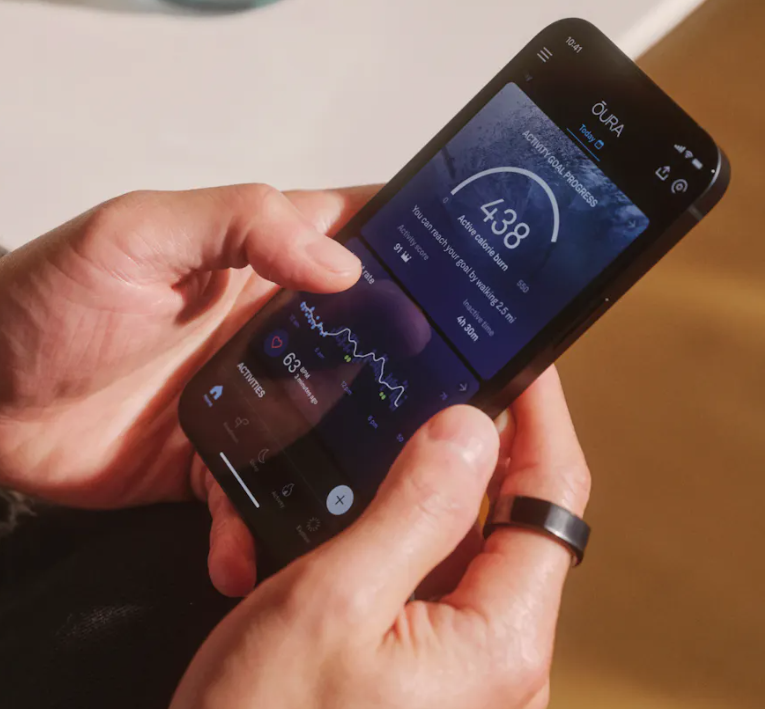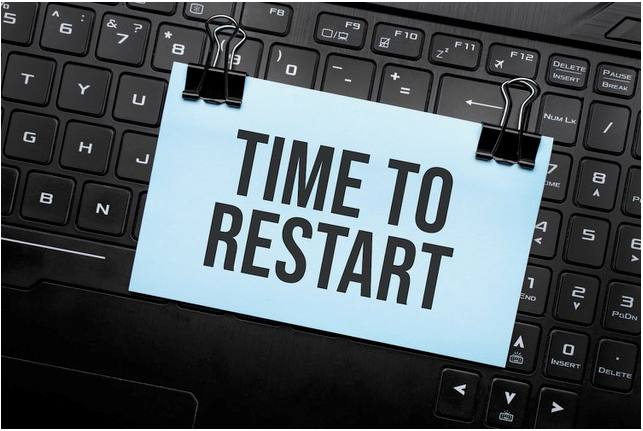You’re Asking for Trouble if You Overlook These
by Richard Stokes
In many cases the ‘thrill’ of going live with an EMR is quickly halted because the system doesn’t perform as advertised. Assuming you chose the right application, redesigned your workflows and got all of the training you need, there are 3 main reasons why an EMR implementation fails:
- Hardware – Adhering to the EMR vendor’s minimum hardware requirements is going to give you ‘minimal performance’ – by definition. Generally you want to pick hardware that exceeds the vendor’s minimum requirements. More memory, processors and higher grade components are a good thing. It is always going to be less expensive to make the investment upfront then to have to perform major upgrades or replace systems in just a few years. Hardware is cheap; service, downtime and lost productivity is expensive.
- Storage and slow disks – EMR databases are constantly hit with read and write functions. Slow disks or not enough of them will cripple the server and significantly impact performance. In order to get best performance we find that 300GB, 15K RPM hard drives – and lots of them – are the best way to get optimal performance out of your EMR. You also want to plan upfront and make sure you can easily scale and add more space down the road as your database grows.
- Wide Area Networks (WAN’s) – Not all practices have multiple locations but for those that do, running an EMR across multiple locations (WAN) can be painfully slow. This is due to the amount and size of data being sent between the user machines and the server. In a single location, the server and the user machines are in the same building and connected via a Local Area Network (LAN). Typically a LAN runs at 100Mbps or 1000Mbps; pretty fast. In a multi-location environment the bottleneck for the remote offices is their internet connection (or WAN). A T-1 ($400/month) connection only runs at 1.5Mbps which is significantly slower than a LAN connection. A solution to get around this is to use some type of remote access like Citrix or Terminal Services. This allows the remote locations to run the application as if they were on the same LAN as the EMR server. Depending on the number of users at the remote location, you may still need a higher speed connection than a T-1, but you wouldn’t necessarily need an expensive 100Mbps connection. 10Mbps connections have come down in cost considerably ($950/month).
Good planning upfront – including a thorough review of your hardware, disks and WAN – can make an EMR implementation a success rather than a seemingly bad investment.






